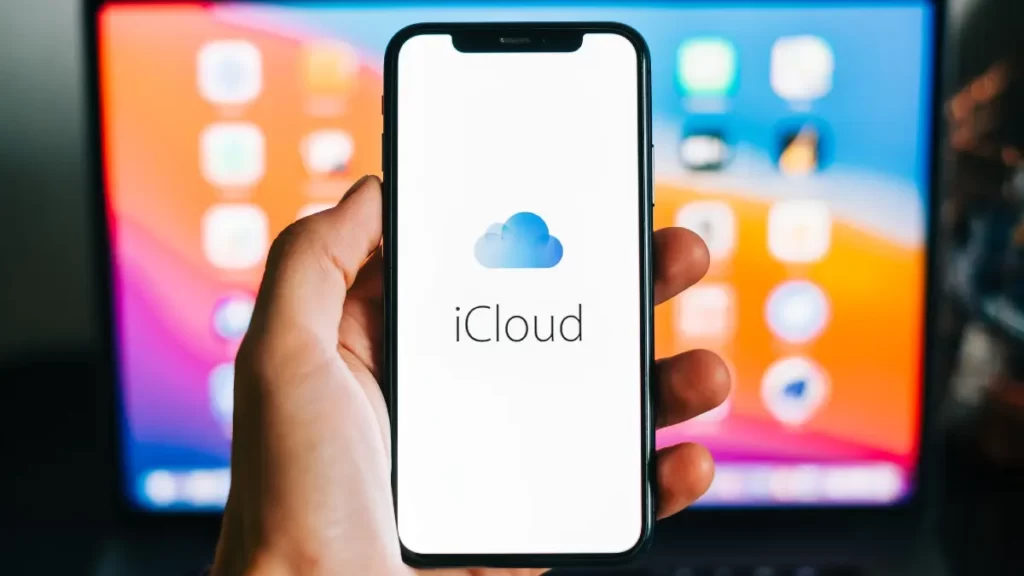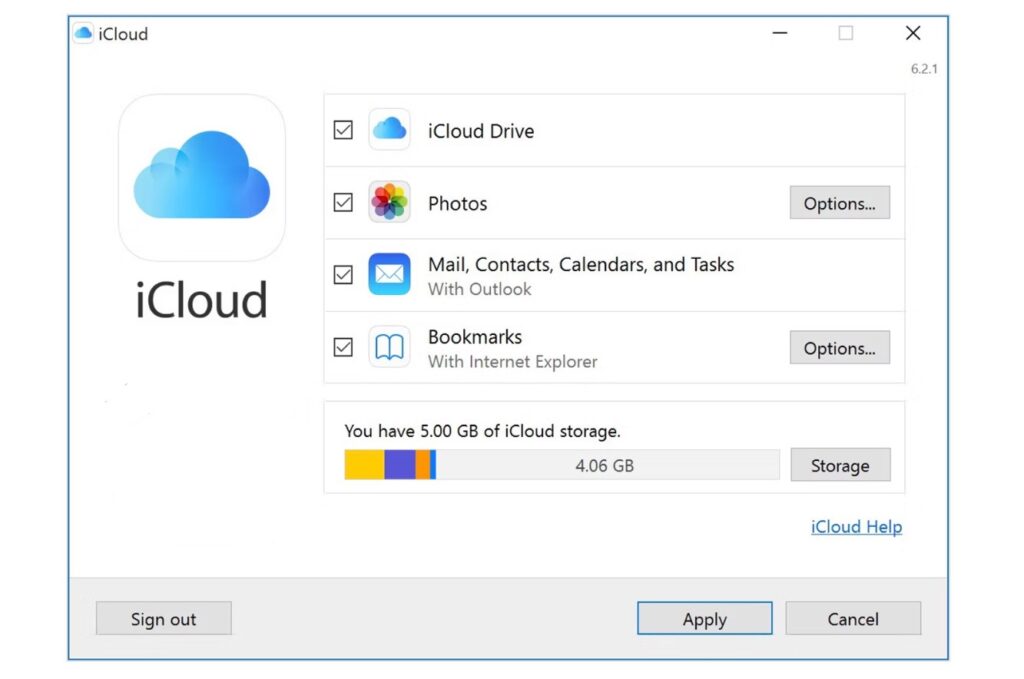Apple’s iCloud, introduced in 2011, initially offered a modest 5GB of free storage. Despite technological advancements and growing file sizes, the free tier remains unchanged. However, Apple now provides an upgraded option called iCloud+. Subscribers enjoy additional storage, enhanced privacy features, and perks like iCloud Private Relay. The pricing varies by region, with options ranging from 50GB to 2TB or more. While the free tier remains limited, users seeking more space can explore these paid plans.

iCloud serves as a vital component within the Apple ecosystem. Essentially, it acts as a cloud-based storage solution, allowing you to upload files to the cloud and access them from any device linked to your Apple ID. Here’s why it matters:
iCloud Storage: Why It Matters

- File Accessibility: iCloud ensures that your files are accessible across devices—whether it’s your iPhone, Mac, or iPad. So, that important document you saved on your Mac can also be retrieved seamlessly on your iPhone.
- Email Attachments: When you receive email attachments, iCloud provides a haven for storing them. No more worrying about cluttering your inbox or losing critical files.
- Device Backups: All your device backups—be it your iPhone, iPad, or Mac—reside in iCloud. This means you can restore your data if your device malfunctions or gets replaced.
Check: Romantic Quotes
Also Read: Apple plans to launch new devices in 2023: Here’s what to expect
Why Does Apple Limit iCloud Storage to 5GB?
Apple’s iCloud, the ethereal backbone of its ecosystem, offers a mere 5GB of free storage. But why this seemingly paltry allocation? Let’s peel back the layers and explore the reasons behind this decision.
1. Storage Limits: Balancing Costs and User Needs
Maintaining a cloud storage system involves more than just the cost per gigabyte. Beyond storage prices, there are expenses related to server infrastructure, physical space, and electricity. As the user base of iCloud grows, Apple must allocate additional storage. Doubling or tripling the storage allowance is no small feat, even for a tech giant like Apple.

Currently, iCloud provides 15 GB of free email storage and 5 GB of cloud storage shared across files, photos, and attachments. Microsoft 365 subscribers enjoy a 50 GB mailbox per person. Upgrading to a Microsoft 365 subscription offers advanced email security, an ad-free inbox, and more storage options.
Check: Good Morning Quotes
Also Read: Apple’s Game-Changing Strategy: Affordable Laptop to Challenge Chromebooks in 2024
2. Apple’s Monetization Strategy
Apple’s decision to provide limited free cloud storage isn’t solely driven by costs. While expenses matter, there’s a more significant factor at play: revenue generation. Let’s delve into the details:
Marketing Strategy: By offering a modest 5 GB of free storage, Apple entices users to experience iCloud’s syncing capabilities. It’s like a trial run—a glimpse of what’s possible. Once you’re hooked, you’re more likely to explore additional storage options.
Monetization: Apple aims to convert free users into paying subscribers. iCloud+ offers various storage tiers beyond the basic allowance. Whether it’s 50 GB or more, each tier comes with a price tag. This approach aligns with Apple’s business model—providing value while encouraging upgrades.
Common Practice: Apple isn’t alone in this strategy. Many services use free trials or limited features to attract users. It’s a win-win: users get a taste, and companies gain loyal customers.

Thanks Pocket-lint.com
Remember, that seemingly modest 5 GB is more than just storage—it’s a gateway to a broader ecosystem of services. Keep this in mind when evaluating your storage needs.
3.5GB: Adequate for Basic Needs
Apple’s rationale behind providing a modest 5 GB of free cloud storage is rooted in practicality. Let’s break it down:
Sufficient for Essentials: For basic tasks like storing emails, essential backups, and text files, 5 GB suffices. It’s akin to having a compact toolbox for everyday needs.
Google’s Comparison: Google Drive’s free tier offers 15 GB, but remember that Google’s ecosystem extends beyond storage. Apple focuses on seamless integration within its ecosystem.
Photo and File Considerations: If you venture into photo storage or need to back up larger files, the 5 GB limit may feel restrictive. In such cases, exploring additional storage options becomes essential.
Check: Crush Quotes
Also Read: Experience the New Features of macOS Ventura
FAQ:
Q: What strategies can be employed to increase data storage capacity in the cloud?
1. Upgrade to an iCloud+ Plan:
Purchasing an iCloud+ plan directly from Apple presents a straightforward option. The advantages include avoiding the need to migrate data to another cloud service and seamless integration with your Apple ID. However, it’s essential to recognize that this choice involves a subscription model. While it simplifies file management, keep in mind the ongoing monthly fee associated with this service. Weigh the convenience against the commitment before making your decision.
2. Leveraging Free Cloud Storage Services:
If you prefer not to pay a monthly fee for cloud storage, consider using multiple services simultaneously. While it may lack the convenience of having everything in one place, spreading your files across solutions like iCloud, Google Drive, and OneDrive allows you to avoid spending money while gaining access to a substantial amount of storage. If you’re comfortable managing several services, this approach can be particularly advantageous, especially if you already utilize a Microsoft or Google account.
3. How to Set Up Your Own Cloud Storage with NAS:
When you find yourself needing significantly more cloud storage, the prices of commercial solutions like iCloud can become prohibitively expensive. That’s when setting up your own Network Attached Storage (NAS) becomes an attractive option. Not only is it cost-effective, but it also allows for easy scalability if you require additional capacity in the future. While the initial setup may involve more effort on your part, the payoff is a solution that doesn’t rely on subscription fees, and your data remains under your control rather than being stored on a distant server owned by a large corporation.
4. Keep Data-Heavy Files Offline:
When your cloud storage space is dwindling, consider a strategic move: store data-heavy files offline. Not everything you own in the digital realm needs to be perpetually accessible online. If you’re harboring massive files that don’t require immediate retrieval, invest in an external hard drive. By doing so, you’ll maintain an archive of these files while freeing up precious cloud storage capacity. Your digital life will breathe easier, and you’ll have room to spare for more essential data.
Check: Attractive Pictures
Also Read: The Best Free VPNs for iPhone in 2024: Secure and Streamlined
Source: www.pocket-lint.com






